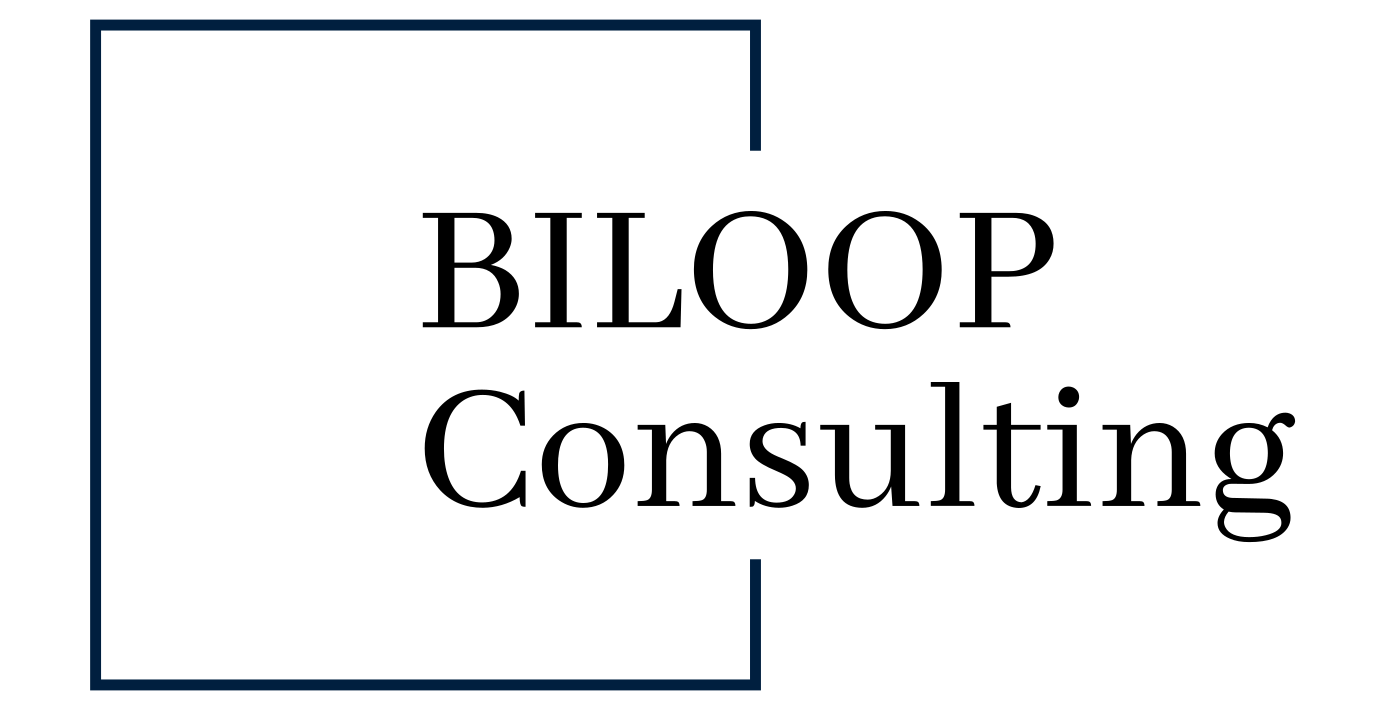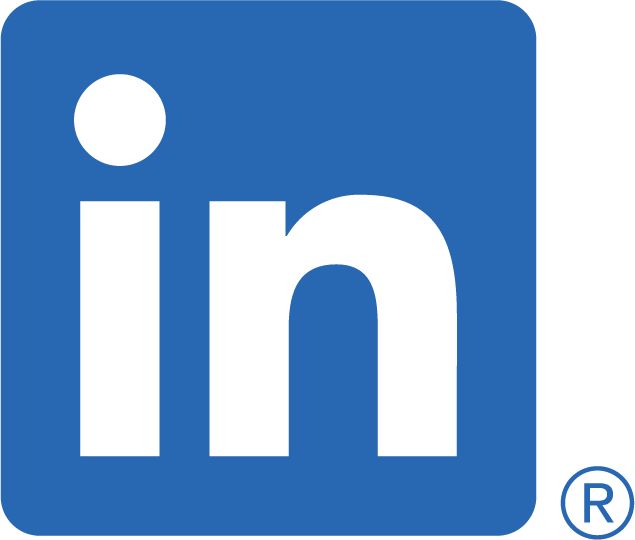The media and news industry has been undergoing profound upheavals for many years. Changes in consumer behavior and the alignment of advertisers with digital user flows are forcing publishers to reinvent their business models.

While digital news consumption continues to rise, publishers’ digital revenue growth often falls short of expectations. Worse yet, for most, costs still significantly outweigh digital revenue. Often, there is a lack of internal alignment for a clear understanding of the situation to effectively address these challenges: digital transformation is not harmonizing with established product-market strategies, organizational structures, and technical setups.
There are paths to success – for some
A look at The New York Times’ figures shows that success in the digital age is possible for news publishers. In their Q3 2024 quarterly report, they reported a 13% increase in digital revenue – with a 14.2% increase in subscriptions and an 8.8% increase in advertising. To achieve digital success, however, publishers must overcome conventional thinking and further develop their monetization strategies for consumers and advertising partners. The key areas of action are strategy, organization, technology, a sufficiently paying audience, a strong brand presence, and journalistic audience excellence.
Strategy: Premium Audience or Think Big
A major problem for many publishers is the horizontal targeting of their audience. Due to their regionally or nationally rooted brand power, most publishers are mentally limited in their scope. In the eyes of consumers, news influencers, with their strengths in horizontal user needs on social media channels, cover these needs at least equally well. Platforms make news accessible everywhere and conveniently.
There are obviously only two solutions here:
- Premium Audience: Specializing in premium audiences who are offered excellent, valuable content on the appropriate channels.
- Think Big: Expanding the horizontal target group in national and global competition with excellent content and large reach – see The New York Times.
Both approaches require journalistic excellence to achieve alignment with target group networks and niches. However, many news publishers remain stuck in a “more of the same” trap.
Revenue Strategies:
- Direct Monetization: Revenue from subscriptions, memberships, paid newsletters, or micropayments. The highest revenue per user is generated here. Excellent content and user experiences are prerequisites for securing long-term loyalty and growth.
- Indirect Monetization: Licensing content for AI platforms, search engines, and social media platforms. Relevant revenue is generated here depending on the value of the content and the brand to keep the content-driven business models of the platforms healthy.
- Premium Advertising: Monetization through personalized advertising, e-commerce partnerships, and exclusive advertising networks. Here, too, excellent journalistic environments are necessary to turn infinitely available reach into a sought-after platform.
- Programmatic Advertising: Mass users are addressed through programmatic advertising. The revenue per user is low here – but the focus on high reach and leaving self-imposed publishing boundaries opens up new opportunities.
Organization: Cross-functional Teams and Lean Startup
A major obstacle is fragmented departments working in isolation on content, readers, and the advertising market. Short-term goals often conflict with long-term growth strategies on the audience side.
Roadmap:
- Establishment of a cross-functional unit for content and marketing with an integrated revenue function that works with holistic goals. Decisions on audience targeting and user engagement are coordinated.
- New premium or mass target groups are developed by dedicated teams with the appropriate expertise using the Lean Startup approach. A new growth area with realistic profit expectations is created.
Technology: Lean and Data-Integrated
Many publishers invest in a sprawling setup of expensive digital tools that are either not fully implemented or not integrated. This leads to inefficient data usage and suboptimal user experiences. There is a lack of holistic, digital leadership of B2C and B2B systems. In addition, there are outdated technologies on the product and payment side. Powerful old ERP systems stifle the dynamics of digital growth.
Roadmap:
- Investment in lean technology platforms that have proven themselves in the business of digital pure players.
- Backend data integration to fully exploit the data value of the tools used on the product side.
- Dashboards for transparent performance measurement and product optimization.
Conclusion:
News publishers need to clarify their alignment with a promising strategy and the appropriate roadmaps – or they will continue to play the cost game in their familiar business models until it no longer works. To exploit the value of each user – both in the B2C and B2B area – it requires:
- Investments in lean, proven technology platforms and decoupling from legacy systems.
- Founding cross-functional teams with revenue responsibility that cultivate a Lean Startup culture.
- A segmented view of target groups: Think Big or develop excellence in premium audiences with suitable revenue strategies.
Finally, it takes the necessary entrepreneurial courage to develop a new alignment for strategy, organization, and technology and to break free from the shackles of the past.

